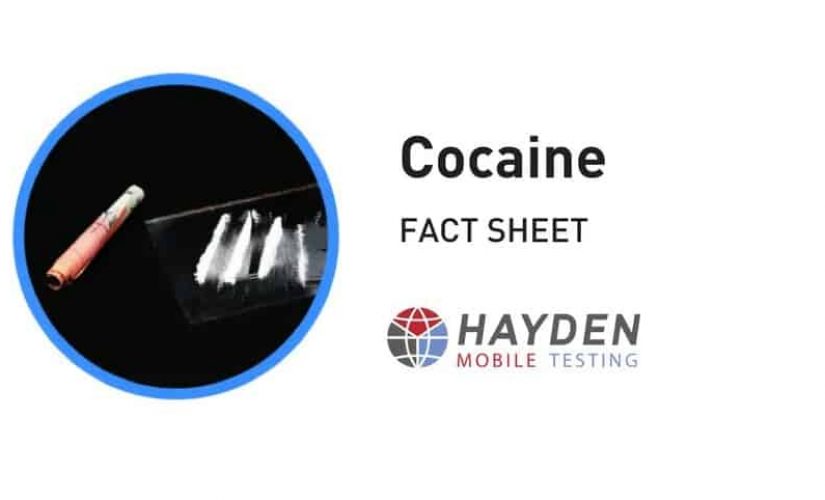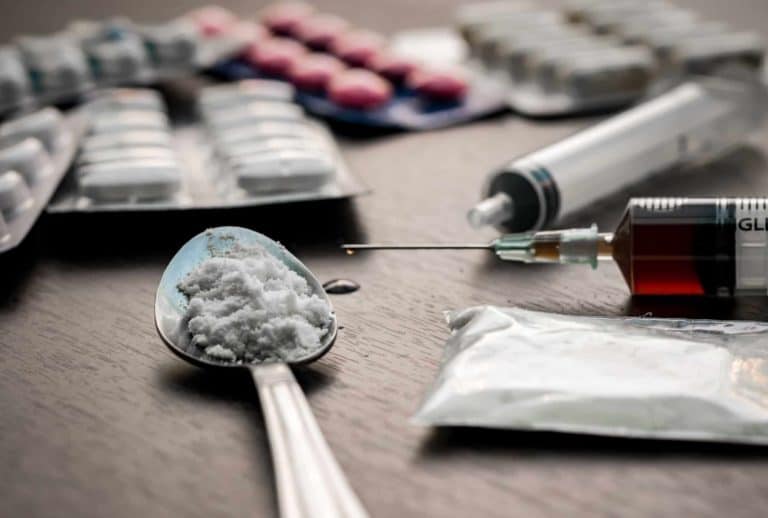
Cocaine is a stimulant drug, which means that it speeds up the messages travelling between the brain and the rest of the body. Cocaine comes from the leaves of the coca bush (Erythroxylum coca), which is native to South America. The leaf extract is processed to produce 3 different forms of cocaine:
Cocaine hydrochloride: a white, crystalline powder with a bitter, numbing taste. Often mixed, or ‘cut’, with other substances such as lactose and glucose, to dilute it before being sold.
Freebase: a white powder that is more pure with less impurity than cocaine hydrochloride.
Crack: crystals ranging in colour from white or cream to transparent with a pink or yellow hue, it may contain impurities. Other names C, coke, nose candy, snow, white lady, toot, Charlie, blow, white dust or stardust.
Cocaine hydrochloride is most commonly snorted. It can also be injected, rubbed into the gums, added to drinks or food. Freebase and crack cocaine are usually smoked.
There is no safe level of drug use. Use of any drug always carries some risk. It’s important to be careful when taking any type of drug. Cocaine affects everyone differently, based on:
You may experience:
If you take a large amount or have a strong batch, you could overdose. If you have any of the symptoms below, call an ambulance straight away by dialling triple zero (000). Ambulance officers don’t need to involve the police.
High doses and frequent heavy use can also cause ‘cocaine psychosis’, characterised by paranoid delusions, hallucinations and out of character aggressive behaviour. These symptoms usually disappear a few days after the person stops using cocaine.
Injecting cocaine and sharing needles may also cause:
In the days after cocaine use, you may feel:
Regular use of cocaine may eventually cause:
Giving up cocaine after using it for a long time is challenging because the body has to get used to functioning without it. It’s therefore important to talk to your GP or another health professional before trying to give up.
Withdrawal symptoms usually start around 1–2 days after last use and can last for approximately 10 weeks – days 4 to 7 will be the worst. Withdrawal usually happens in 3 phases:
Crash – agitation, depression or anxiety, intense hunger, cocaine cravings, restless sleep, extreme tiredness (experienced in the first few days).
Withdrawal – cocaine cravings, lack of energy, anxiety, angry outbursts and an inability to feel pleasure (can last for up to 10 weeks).
Extinction – intermittent cravings for cocaine (ongoing).
For more information on Cocaine – https://adf.org.au/drug-facts/cocaine/

The NSW economy is bustling and the construction industry is a major contributor to the

Hayden Workplace Testing is very proud to offer you a large range of services to

This article was posted by the Alcohol and Drug Foundation 24/08/16. Heroin deaths spike as

1/3 Hunter drivers test positive for drugs Police are concerned about the staggering amount of